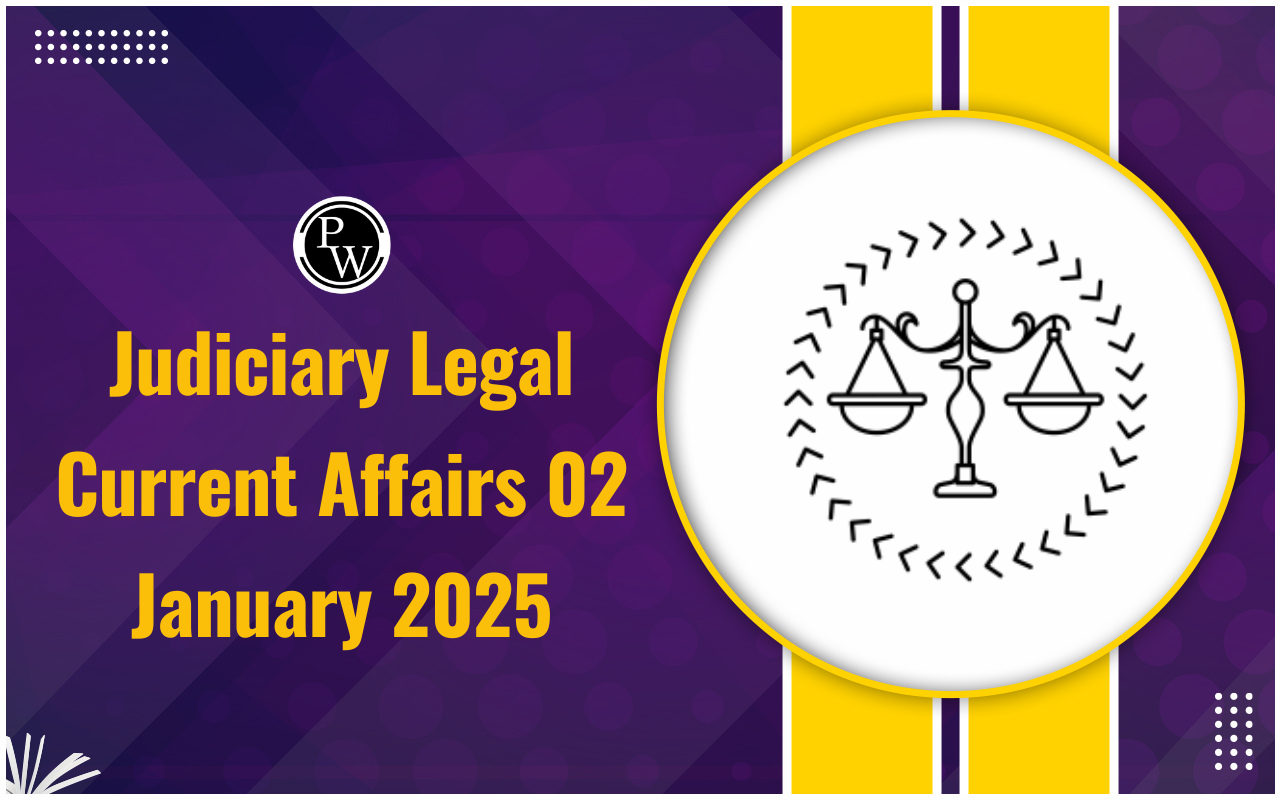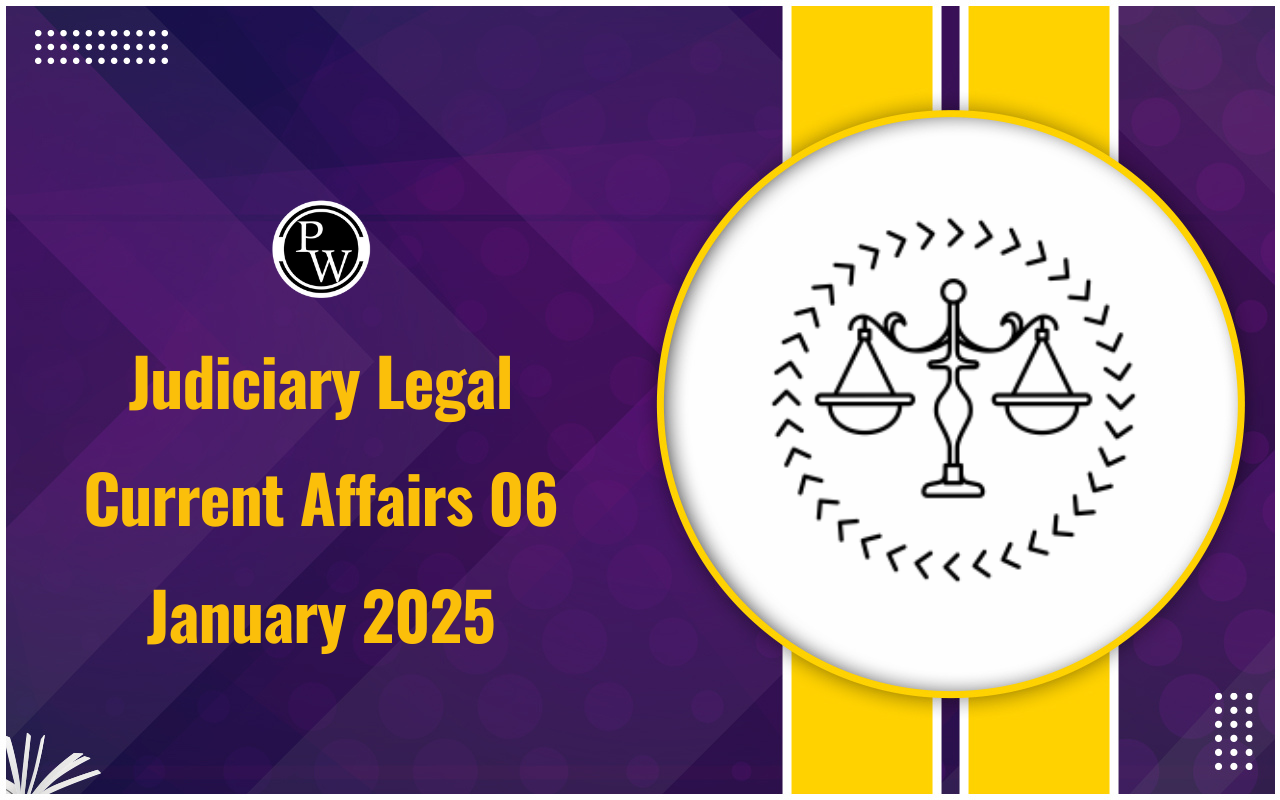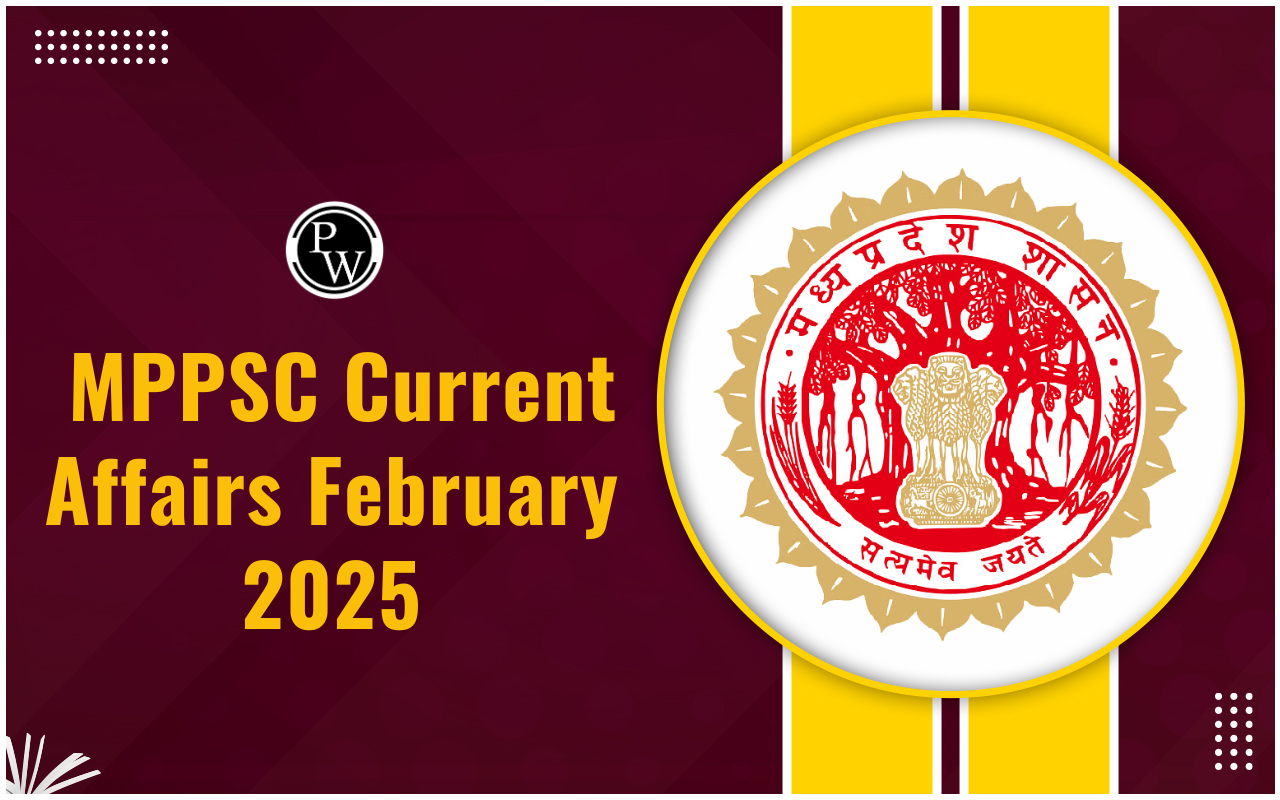

IUCN Red List 2024: IUCN Red List of Threatened Species, established in 1964, stands as the most extensive record of the conservation status of various biological species worldwide, including animals, fungi, and plants. Spearheaded by the International Union for Conservation of Nature (IUCN), this list serves as the primary authority on species conservation status globally.
IUCN Red List 2024
The IUCN Red List of Threatened Species is a widely recognized system used to assess the status of plants, animals, and other organisms facing extinction. Developed by the International Union for Conservation of Nature (IUCN), it provides clear criteria and categories to determine the conservation status of each species based on their risk of extinction.Objectives of IUCN
The International Union for Conservation of Nature has these main goals:- Provide Global Scientific Data : IUCN aims to gather and disseminate scientific data about the status of species and subspecies worldwide. This data helps in understanding the current state of biodiversity and identifying areas of concern.
- Raise Awareness : Another goal is to address the factors contributing to species extinction and raise awareness about the importance of preserving biodiversity. By highlighting the threats faced by various species, IUCN strives to mobilize action for conservation.
- Plan Conservation Strategies : IUCN works towards devising conservation plans and strategies to safeguard biodiversity. By analyzing the data collected and collaborating with stakeholders, it aims to develop effective measures for conservation efforts.
IUCN Red List Users
The IUCN Red List serves as a vital tool in achieving these objectives. It provides detailed and accurate information on the status of species across the globe. This information is utilized by a wide range of users including:- Government Agencies : Both national and international governmental bodies rely on the data from the IUCN Red List to inform policies and decisions related to conservation and environmental management.
- Wildlife Organizations and Departments : Organizations dedicated to wildlife conservation and management utilize the Red List data for research, monitoring, and planning conservation initiatives.
- Conservation-related NGOs : Non-governmental organizations working in the field of conservation use the Red List information to prioritize species for protection and advocacy efforts.
- Natural Resource Planners : Professionals involved in planning and managing natural resources refer to the Red List data to ensure sustainable practices and minimize the impact on biodiversity.
- Educational Organizations : Schools, colleges, and universities incorporate Red List information into educational programs to educate students about biodiversity conservation and species extinction.
- Zoos and Aquariums : Institutions housing captive animals use Red List data to inform breeding programs, conservation initiatives, and species management practices.
- Media : Journalists and media outlets rely on the IUCN Red List to report on conservation issues, species extinction threats, and the state of biodiversity globally.
- Business Communities : Companies and industries concerned with environmental sustainability and corporate social responsibility may use Red List data to assess the impact of their operations on biodiversity and implement conservation measures.
Purpose of the IUCN Red List Data
The data provided by the IUCN Red List serves various important purposes for different organizations:- Supporting International Agreements : Organizations like CITES and the Ramsar Convention use Red List data to make decisions regarding the protection of nature. This helps them align their actions with the current status of biodiversity.
- Assessing Biodiversity Risks : The World Bank Group uses Red List data to assess the potential impact of large-scale projects on biodiversity. This helps in evaluating and minimizing the risk of damage to nature caused by such projects.
- Informing Conservation Policies : Zoos and national parks use Red List information to update their regulations and policies. By understanding the status of different species, they can make informed decisions to better protect and manage their populations.
Categories of IUCN
The IUCN Red List categorizes species into nine categories based on their conservation status:- Extinct (EX) : No known individuals remaining.
- Extinct in the wild (EW) : Survives only in captivity or outside its historic range.
- Critically endangered (CR) : At serious risk of disappearing forever.
- Endangered (EN) : High risk of extinction.
- Vulnerable (VU) : High risk of endangerment.
- Near threatened (NT) : Likely to soon be at risk of becoming endangered.
- Least concern (LC) : Lowest risk, includes widespread and abundant taxa.
- Data deficient (DD) : Insufficient data to assess extinction risk.
- Not evaluated (NE) : Has not been checked yet using the criteria.
List of Endangered Species in India as per IUCN Red List 2019-2022
Here is a list of critically endangered species in India according to the IUCN Red List for the years 2019-2022: Critically Endangered Mammals:- Pygmy Hog
- Andaman White-toothed Shrew
- Jenkin’s Andaman Spiny Shrew
- Nicobar White-tailed Shrew
- Kondana Rat
- Large Rock Rat or Elvira Rat
- Namdapha Flying Squirrel
- Malabar Civet
- Sumatran Rhinoceros
- Javan Rhinoceros
- Aythya Baeri
- Forest Owlet
- Great Indian Bustard
- Bengal Florican
- Siberian Crane
- Spoon-billed Sandpiper
- Sociable Lapwing
- Jerdon’s Courser
- White-backed Vulture
- Red-headed Vulture
- White-bellied Heron
- Slender-billed Vulture
- Indian Vulture
- Pink-headed Duck
- Himalayan Quail
- Gharial
- Hawksbill Turtle
- River Terrapin
- Bengal Roof Turtle
- Sispara day gecko
- Pondicherry Shark
- Ganges Shark
- Knife-tooth Sawfish
- Large-tooth Sawfish
- Narrow-snout Sawfish
IUCN Conservation Plan
The IUCN's conservation plan involves four key steps:- Assess : This step focuses on monitoring species and sharing information globally about the state and changes in biodiversity. This data helps in developing measures to protect our planet's natural resources.
- Plan : The goal here is to develop collaborative and science-based strategies to ensure effective species conservation efforts. By planning carefully, we can prioritize actions that have the greatest impact on protecting biodiversity.
- Act : This step involves taking concrete actions to improve the status of biodiversity. It requires involvement from governments, educational institutions, civil society, and the private sector to implement conservation measures on the ground.
- Communicate : Effective communication plays a vital role in enhancing the impact of IUCN's conservation work. By strategically sharing information and raising awareness, we can mobilize support and resources for species conservation efforts.
IUCN Red List 2024 FAQs
What is the IUCN Red List?
The IUCN Red List is a comprehensive record of the conservation status of various biological species worldwide, including animals, fungi, and plants.
What are the main objectives of the IUCN?
The main objectives of the IUCN are to provide global scientific data on species, raise awareness about biodiversity conservation, and plan conservation strategies.
Who uses the information from the IUCN Red List?
The information from the IUCN Red List is used by government agencies, wildlife organizations, NGOs, educational institutions, zoos, media, and businesses to inform conservation decisions and actions.
What are the categories used in the IUCN Red List to classify species?
The IUCN Red List categorizes species into nine categories based on their conservation status, including Extinct, Critically Endangered, Endangered, Vulnerable, and Least Concern.
Can you provide examples of critically endangered species in India?
Some examples of critically endangered species in India include the Pygmy Hog, Great Indian Bustard, Gharial, and Pondicherry Shark.
🔥 Trending Blogs
Talk to a counsellorHave doubts? Our support team will be happy to assist you!

Check out these Related Articles
Free Learning Resources
PW Books
Notes (Class 10-12)
PW Study Materials
Notes (Class 6-9)
Ncert Solutions
Govt Exams
Class 6th to 12th Online Courses
Govt Job Exams Courses
UPSC Coaching
Defence Exam Coaching
Gate Exam Coaching
Other Exams
Know about Physics Wallah
Physics Wallah is an Indian edtech platform that provides accessible & comprehensive learning experiences to students from Class 6th to postgraduate level. We also provide extensive NCERT solutions, sample paper, NEET, JEE Mains, BITSAT previous year papers & more such resources to students. Physics Wallah also caters to over 3.5 million registered students and over 78 lakh+ Youtube subscribers with 4.8 rating on its app.
We Stand Out because
We provide students with intensive courses with India’s qualified & experienced faculties & mentors. PW strives to make the learning experience comprehensive and accessible for students of all sections of society. We believe in empowering every single student who couldn't dream of a good career in engineering and medical field earlier.
Our Key Focus Areas
Physics Wallah's main focus is to make the learning experience as economical as possible for all students. With our affordable courses like Lakshya, Udaan and Arjuna and many others, we have been able to provide a platform for lakhs of aspirants. From providing Chemistry, Maths, Physics formula to giving e-books of eminent authors like RD Sharma, RS Aggarwal and Lakhmir Singh, PW focuses on every single student's need for preparation.
What Makes Us Different
Physics Wallah strives to develop a comprehensive pedagogical structure for students, where they get a state-of-the-art learning experience with study material and resources. Apart from catering students preparing for JEE Mains and NEET, PW also provides study material for each state board like Uttar Pradesh, Bihar, and others
Copyright © 2025 Physicswallah Limited All rights reserved.
Get App











